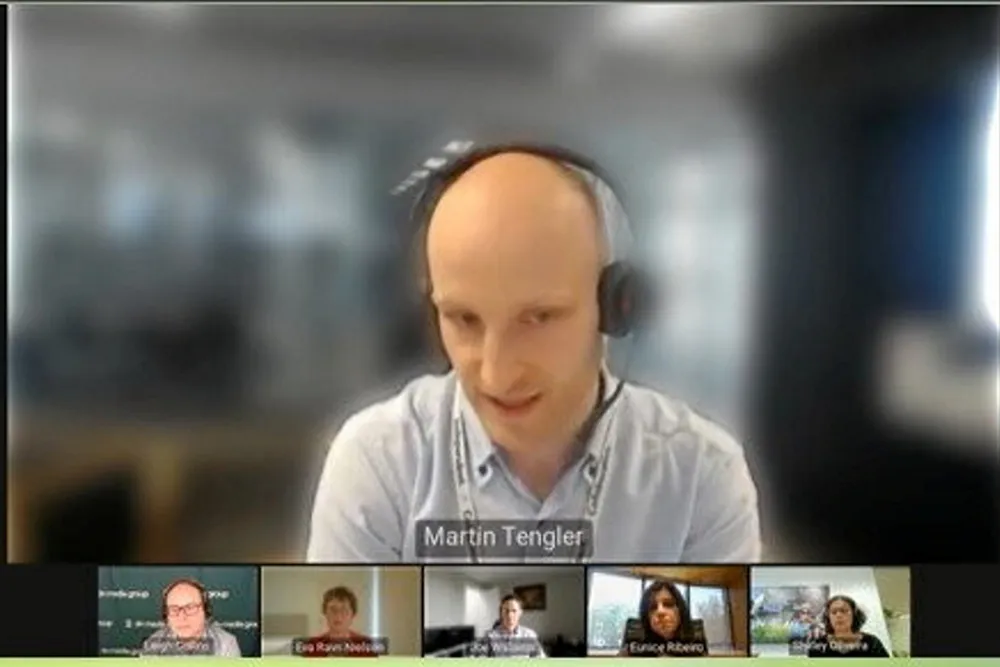EXCLUSIVE | 'What is the biggest factor driving investment in green hydrogen projects? Not production subsidies'
China and the Middle East will pip the US to pull the trigger on renewable H2 scale-up, says expert panel at Hydrogen Insight summit

China and the Middle East will pip the US to pull the trigger on renewable H2 scale-up, says expert panel at Hydrogen Insight summit
